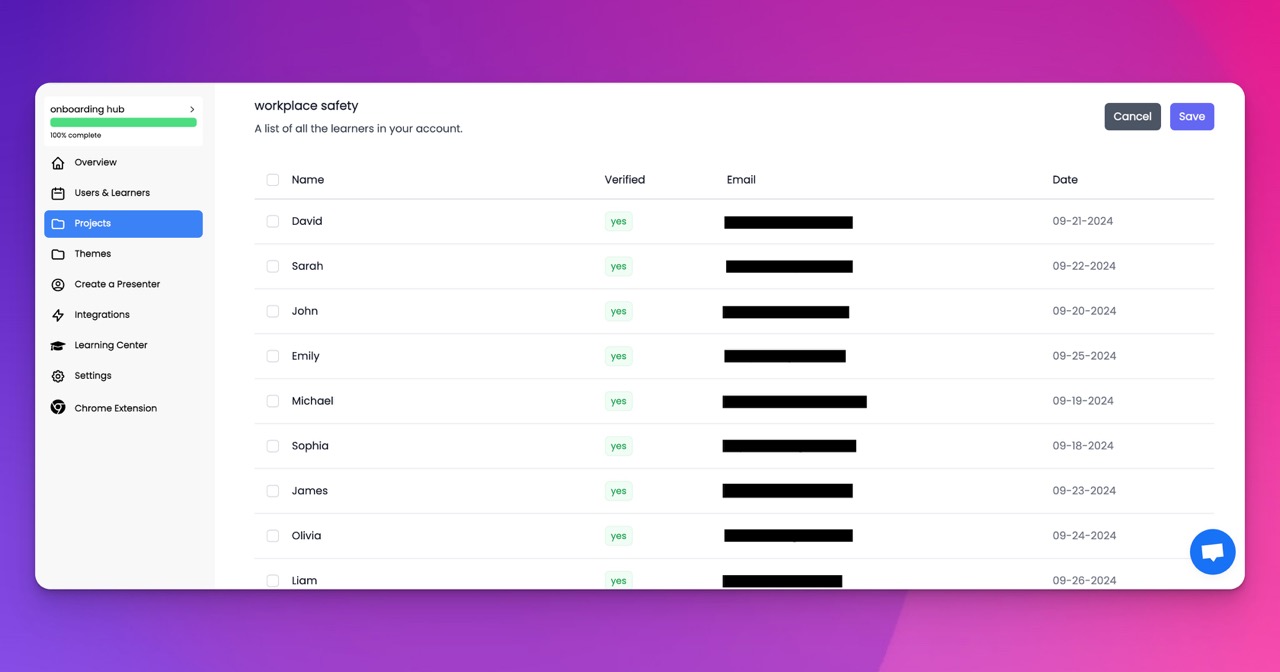🎉 Trainday now integrates with Zendesk and Hubspot 🎉 Trainday now integrates with Zendesk and Hubspot 🎉 Trainday now integrates with Zendesk and Hubspot
🎉 Trainday now integrates with Zendesk and Hubspot
🎉 Trainday now integrates with Zendesk and Hubspot
Contact
OSHA Compliance
"Mastering Grammar: Understanding 'In Compliance With' Vs. 'In Compliance To'"
**Mastering Grammar: Understanding 'In Compliance With' vs. 'In Compliance To'**
In the fascinating realm of grammar and language, the nuances of prepositional phrases can often be perplexing. A common point of confusion is the difference between "in compliance with" and "in compliance to." As writers, communicators, or simply enthusiasts of the English language, mastering these subtleties can significantly enhance the precision and clarity of our expressions. Let's delve into the correct usage of these phrases and understand why "in compliance with" is the preferred choice.
### The Meaning of Compliance
First, it’s essential to grasp the concept of "compliance." To comply means to adhere to a rule, standard, or law. Compliance implies conformity and obedience, often in a formal or regulatory context. When we discuss being "in compliance," we're usually referring to following guidelines, regulations, or instructions laid out by an authority.
### The Correct Phrase: "In Compliance With"
The phrase "in compliance with" is the grammatically correct form when indicating adherence to rules, standards, or laws. The preposition "with" is used to establish a relationship between the subject and the rules or standards being followed.
**Examples:**
- The company operates **in compliance with** environmental regulations.
- The new policy was designed **in compliance with** international standards.
- All employees must act **in compliance with** the code of conduct.
### Why "In Compliance With" Is Correct
Using "with" after "compliance" aligns with standard English usage patterns. "With" connects the subject (the entity complying) directly to the object (the rules or standards). This prepositional structure clearly indicates that the subject is following or adhering to the specified criteria.
### The Incorrect Phrase: "In Compliance To"
On the other hand, "in compliance to" is not considered grammatically correct. The preposition "to" does not appropriately convey the relationship between the subject and the rules or standards. While "to" can imply direction or purpose in other contexts, it does not fit the conventional structure needed to express adherence or conformity.
**Incorrect Examples:**
- The company operates **in compliance to** environmental regulations.
- The new policy was designed **in compliance to** international standards.
- All employees must act **in compliance to** the code of conduct.
### Understanding Prepositional Use
Prepositions are small but mighty words that indicate relationships between different elements of a sentence. The choice of preposition can alter the meaning and clarity of a statement. In the case of "compliance," the preposition "with" correctly establishes the relationship of adherence between the subject and the rules.
### Practical Tips for Mastery
1. **Practice Makes Perfect:** Regularly practice using "in compliance with" in sentences to build familiarity.
2. **Read Extensively:** Expose yourself to well-written materials that use formal language, such as legal documents, policy manuals, and official reports.
3. **Seek Feedback:** Don’t hesitate to ask for feedback from knowledgeable peers or mentors to ensure your usage is correct.
4. **Use Reliable Resources:** Refer to trusted grammar guides and dictionaries to reinforce your understanding of prepositional usage.
### Conclusion
Mastering grammar, especially the nuanced use of prepositional phrases, is a valuable skill for effective communication. Remember, "in compliance with" is the correct phrase to use when indicating adherence to rules, standards, or laws. By internalizing this distinction, you can enhance the precision and professionalism of your writing. Keep practicing, stay curious, and continue to explore the intricate beauty of the English language!
Happy writing!
Accelerate Compliance.
Deliver OSHA-Ready Courses Instantly.
Empower your team with data-driven training solutions tailored to your industry's safety standards. Stay compliant, reduce risks, and boost productivity with AI-powered course creation.
